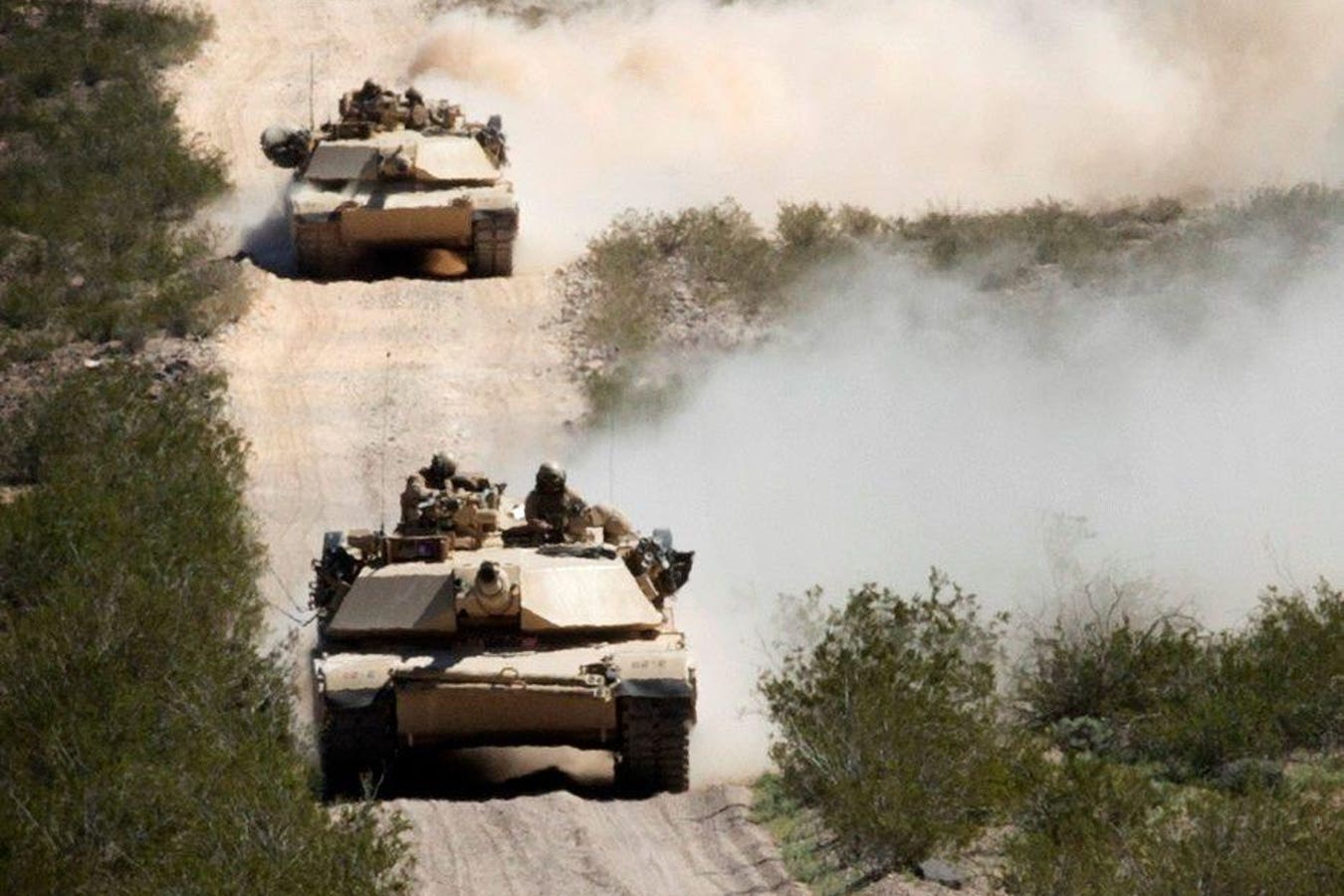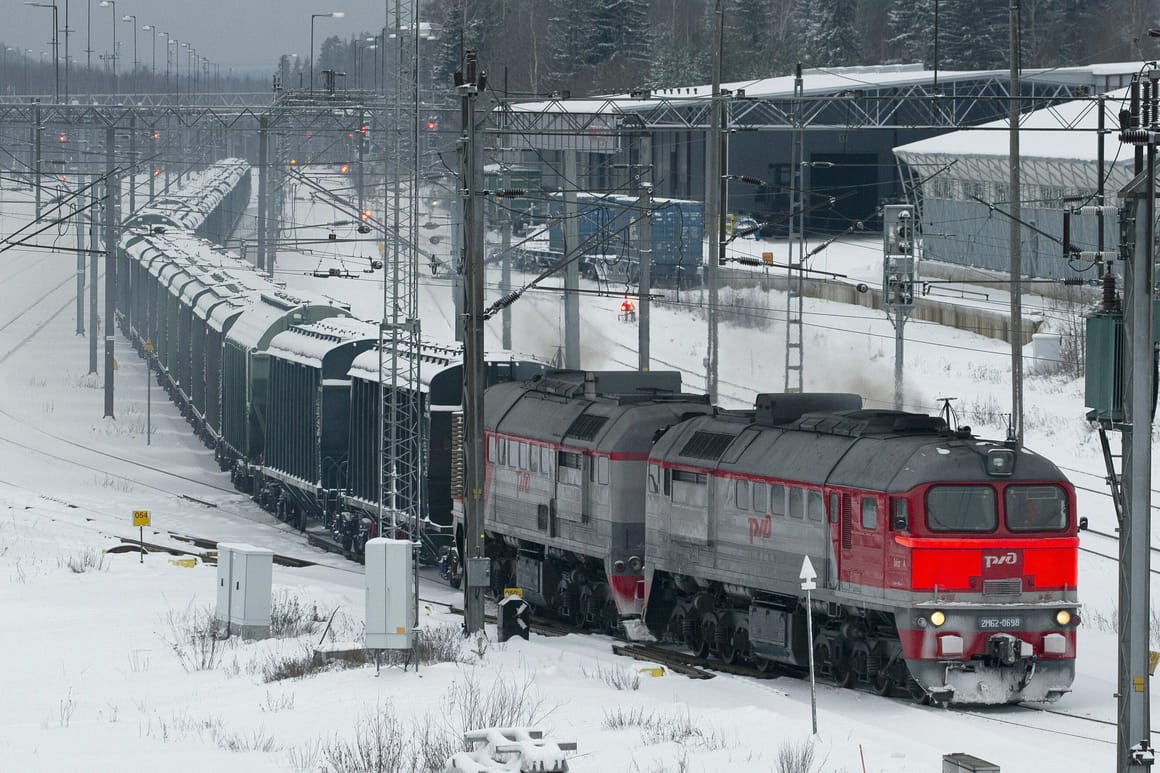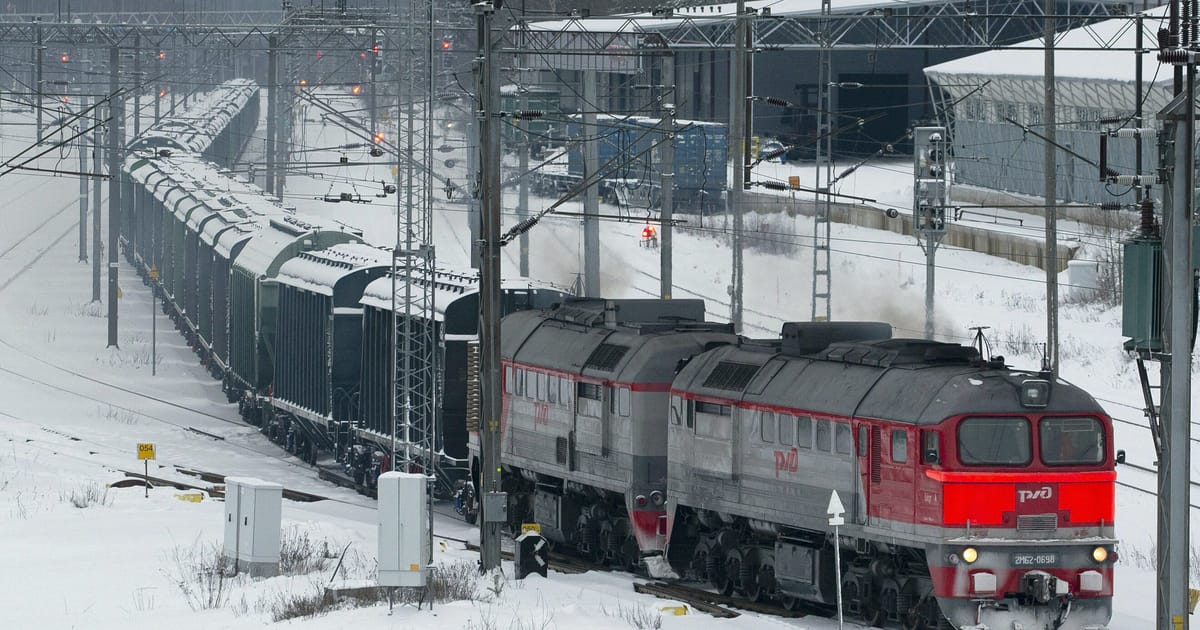Not a big problem M1 Abrams can run under the water and Ukraine has a lot of lakes and rivers.The Biggest Problem With Ukraine’s M-1 Tanks: They Don’t Like Staying Dirty
The biggest problem with Ukraine’s new fleet of 31 American-made M-1 Abrams tanks isn’t the tanks’ 1,500-horsepower turbine engines. Not really.
No, it’s the filters in the engines’ intakes. The filters keep dirt and debris from fouling and wrecking an M-1’s delicate—but powerful—engine. They require constant cleaning.
If an Abrams’ four-person crew neglects to clean its tank’s filters every 12 hours or so, it might so badly damage the engine that the battalion has no choice but to remove the engine, and potentially the transmission, and ship it away for a lengthy overhaul.
That would remove one of Ukraine’s few M-1s from the battlefield as surely as a Russian mine or missile might do. Deep maintenance of Ukrainian Abrams takes place in Poland.
The 68-ton M-1A1SAs that Ukraine operates are thirsty machines. In the weeks before the administration of U.S. president Joe Biden pledged the M-1 to Ukraine, early this year, many pundits and even some officials worried aloud over the tank’s fuel requirements.
Laura Cooper, a U.S. deputy defense secretary, called the Abrams “a gas-guzzler.”
It’s true an M-1 typically travels just .6 miles per gallon of fuel. But its turbine is flexible if not terribly efficient. The U.S. Army feeds its M-1s jet fuel, but other armies pour cheaper diesel into their Abrams. The Australian army, for one.
There are no indications swapping jet fuel for diesel significantly weighs on the M-1’s performance. So there’s every reason to believe the Ukrainian army will keep things simple and fuel up its Abrams with the same diesel its other tank types burn.
No, it’s the Abrams’ filters that might prove to be the biggest headaches for Ukrainian troops. Twice a day, an M-1 crew must rev its tank’s engine to high revolutions-per-minute in order to trigger a pulse-jet system that blasts air out of the tank rather than into it, shooting dust and debris from the back grille.
That keeps the filters clean across lengthy deployments. Before the Americans added the pulse-jet system to the M-1, in the early 2000s, tank crews—especially those fighting in the desert—openly complained about their vehicles’ reliability.
“Army officials are aware of the problems with high fuel consumption, unreliable fuel pumps and sand-ingestion,” the U.S. Government Accountability Office reported in 1992. “They are working on solutions.”
The solution to the sand-ingestion problem was the twice-a-day pulse-jet cleaning process. It works just fine, as long as crews rigorously adhere to its schedule. Even when they’re getting shot at.
"All those things can be taught to the crew, but if ever they make a mistake—and they will—it blows a million-dollar engine that can't be repaired in the field," Mark Hertling, a retired U.S. Army general, told The Kyiv Independent.

The Problem With Ukraine’s M-1 Tanks: They Don’t Like Staying Dirty
The biggest issue with Ukraine’s new fleet of 31 American-made M-1 tanks isn’t the tanks’ 1,500-horsepower turbine engines. No, it’s the filters in the engines’ intakes.www.forbes.com
Watch till the end













